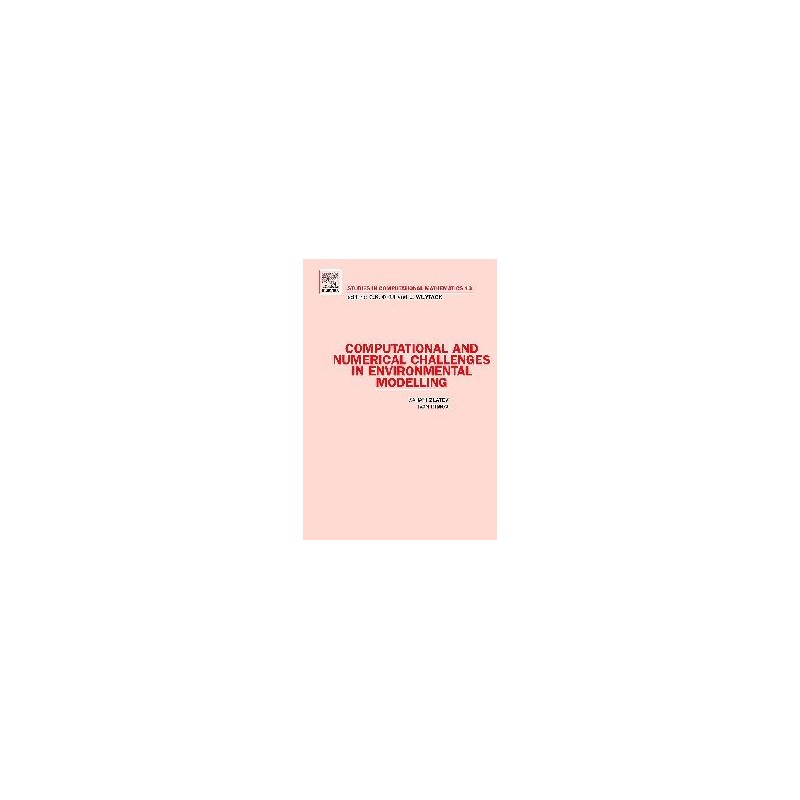- Obecnie brak na stanie



Brak towaru
Zestaw ewaluacyjny z układem RISC-V Dual Core 64bit o taktowaniu 400 MHz. Wyposażony w kamerę, mikrofony, wyświetlacz LCD i gniazdo kart microSD. Całosć zamknięta w obudowie. Seeed Studio 102110425
Brak towaru
Brak towaru
Profesjonalne narzędzie do zaciskania wtyków SMA i SMB. Solidnie wykonane, proste i wygodne w obsłudze. KY8162-08
Brak towaru
Brak towaru
Minikomputer wyposażony w układ SoC Rockchip RK3399 (ARM Cortex-A72/ARM Cortex-A53). Komputer został bogato wyposażony, m.in. w złącze Gigabit Ethernet, interfejs mSATA, złącze miniPCIe, USB typu C, podwójny interfejs CSI, itd. Na płytce można uruchomić system Android 6.0 oraz Linux
Brak towaru
Brak towaru
Adafruit 833 - Liquid Flow Meter - Brass 1/2" Nominal Threaded
Brak towaru
Brak towaru
Brak towaru
Moduł z kulką (track ball) pozwalający na śledzenie ruchu w 5 osiach i zakresie 360°. Płytka została wyposażona w złącze Grove i komunikuje się przez interfejs I2C. Seeed Studio 101020091
Brak towaru
Moduł DIP z mikrokontrolerem ATmega128, kwarc 16 MHz. Idealnie pasuje do zestawu ZL8AVR
Brak towaru
MULTIODBIORNIK ELF-VLF - ODBIORNIK WSPÓŁPRACUJĄCY Z ANTENĄ MAGNETYCZNĄ I- PŁYTKA DRUKOWANA
Brak towaru
Olej silikonowy w plastikowej butelce o pojemności 500 ml z oliwiarką jest niezbędnym narzędziem oferującym doskonałe właściwości smarujące i ochronne, kompatybilne z gumą i tworzywami sztucznymi, idealne do szerokiego zakresu zastosowań warsztatowych i konserwacji mechanizmów precyzyjnych
Brak towaru
Zestaw konstrukcyjny 12 w 1 uczący wykorzystywania energii słonecznej i hydraulicznej. KSR17
Brak towaru
PmodMIC3 moduł mikrofonu MEMS z regulacją wzmocnienia (głośności) i wyjściem cyfrowym. Digilent 410-310P
Brak towaru

